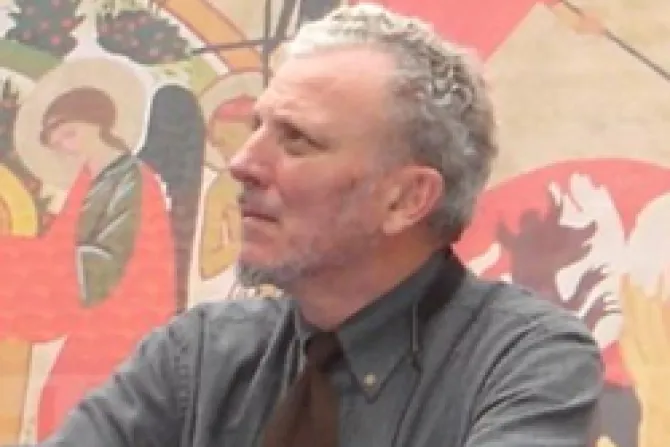Denver, Colo., Jul 5, 2008 / 04:07 am
The Neocatechumenal Way has reached a new milestone in the history of their community with the recent approval of their statutes. Despite some changes to the statutes that were submitted to the Vatican in 2002, Giuseppe Gennarini, the group’s U.S. spokesman, told CNA that the new guidelines are important because they guarantee the permanence of the movement within the Church and recognize the spiritual good that comes from the Way.
The new statutes were delivered to the founders of the international movement by Cardinal Stanislaw Rylko on June 13 along with a decree of approval.
Speaking with CNA via telephone, Gennarini called the new rules a “landmark” for the Way because they involve “full recognition by the Church” and show that “the Church wants to guarantee the permanence of the movement” within the Church. He also added that the Neocatechumenal Way is “happy to offer this instrument [the movement] for the new evangelization and to the new generations.”
There are, nevertheless, differences between the statutes that the Way submitted to the Vatican in 2002 and the ones that were finally approved in mid-June. The majority of these changes occur in the 13th chapter of the regulations and are concerned with liturgical matters.
Under the old rubrics, members of the Neocatechumenal Way celebrated the Eucharist gathered around large square tables and receive Communion while seated. The new regulations are quite different, with the community celebrating Mass with a separation between the congregation and the altar and communicants receiving the Eucharist standing in their places.
According to Giuseppe Gennarini, this way of receiving Communion sprang from a private meeting between Pope Benedict XVI and Kiko Arguello on May 26, 2007. The Holy Father liked the idea of the priest coming to each person with the Eucharist because it shows that Christ comes to you in the person of the priest, Gennarini said.
Another change that can be found in the new statutes is the incorporation of the Neocatechumenal Way’s liturgies into the larger parish community. Prior to the new rules, the Way celebrated its liturgies on Saturday evenings separate from the rest of the parish, so as to preserve the integrity of the process of conversion that all of its members undertake. However, the Way’s Masses must now be "part of the Sunday liturgical service of the parish," and "open to other members of the faithful as well."
Gennarini explained the change as “adding another Mass for the parish,” and as similar to having “a Mass for children or one in Spanish.” He emphasized that this step is very important because there is now “full liturgical recognition of the Way.”
Two final liturgical adaptations allowed for under the new statues are the moving of the rite of peace to after the universal intercessions and the reception of Communion under both species.
The Neo-Catechumenal Way, which began in Spain in 1964, has now spread to more than 100 countries world-wide, including some mission territories. Those who are a part of the Way undergo a process that is meant to lead to the rediscovery of the sacrament of Baptism. This takes place through an itinerary of catechesis and conversion that is life-long.


